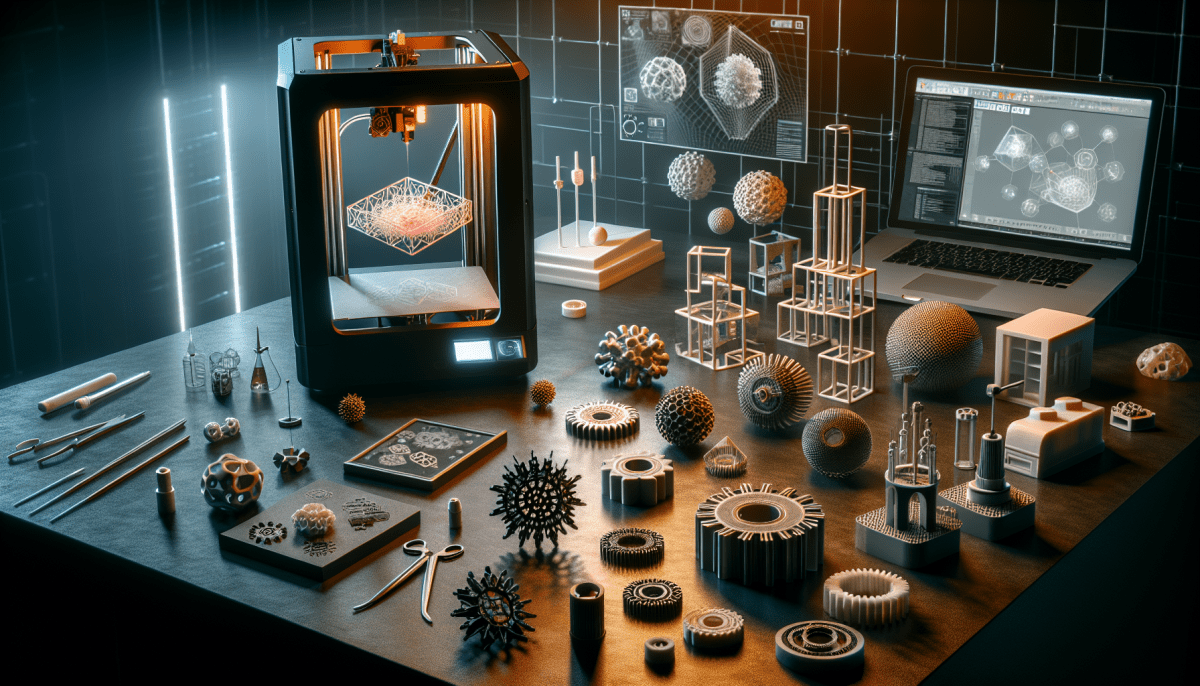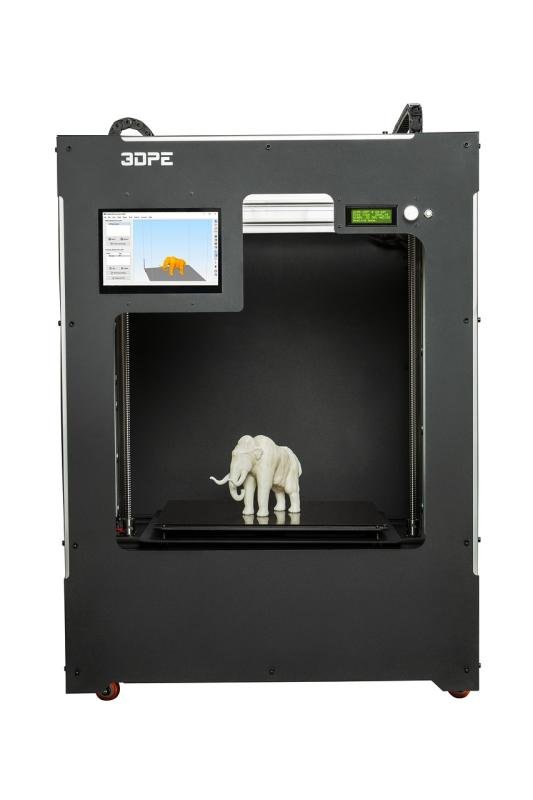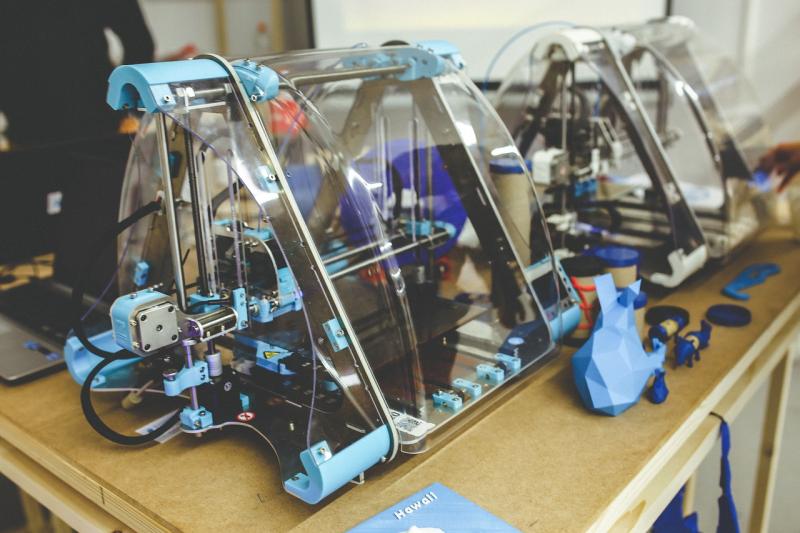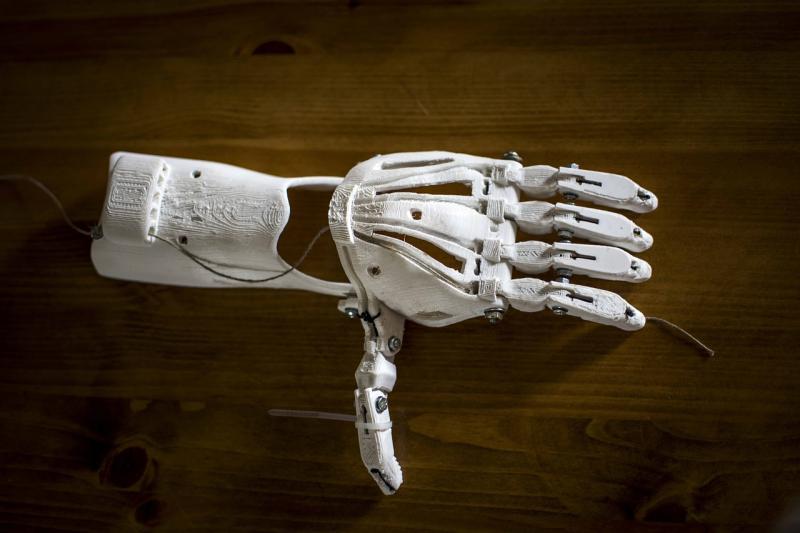If you're new to 3D printing, it might feel a bit overwhelming at first. But don’t worry! Getting started is easier than you think. First, you'll want to pick a 3D printer that fits your needs. There are tons of options out there, from beginner-friendly models to more advanced machines. Look for one that has good reviews and is known for ease of use.
Next up, you'll need some design software. There are many free and paid options available, like Tinkercad and Fusion 360. Tinkercad is especially great for beginners since it’s so user-friendly. You can create your designs from scratch or tweak existing models. Once your design is ready, it’s time to prepare it for printing!
Preparing your file means converting it into a format that your printer can understand, usually STL. You’ll also need slicing software, which cuts your design into layers that the printer can handle. This software sets parameters for things like print speed and material type. Many printers come with their own slicing software, making this step a breeze.
Now it’s time to load up your printer with filament. This comes in various types like PLA, ABS, and PETG. If you're just starting out, PLA is a great choice. It's easy to work with, biodegradable, and creates good-quality prints. Once everything is set, hit that print button and watch your creation come to life layer by layer!
Choosing Your First 3D Printer
Jumping into the world of 3D printing? That’s exciting! Picking your first 3D printer can feel like a big deal, but it’s all about knowing what you need. Here are some key points to help you make the right choice.
First up, think about what you want to create. Are you looking to print fun toys, replacement parts, or maybe even art? Different printers work better for different projects. For beginners, a fused deposition modeling (FDM) printer is a great start. They’re user-friendly and handle a variety of materials, making them flexible for most hobby projects.
Next, consider your budget. You don’t need to break the bank for your first machine. There are solid options out there that won’t cost a fortune. Look for printers in the $200 to $500 range. They usually have good reliability and decent print quality, which is perfect for getting your feet wet without spending too much.
Don't forget about the size! Make sure the printer's build volume fits what you plan to print. If you're only printing small items, a compact model should work just fine. But if you have bigger ideas, go for a larger build size. Also, check how easy it is to set up and use. You want something intuitive and beginner-friendly.
Finally, pay attention to the community behind the printer. A strong user base means lots of tutorials, tips, and support when you hit bumps in the road. Brands with active online forums or helpful customer service can make a huge difference in your learning curve. With the right printer, you'll be creating awesome 3D prints in no time!
Basic Materials You’ll Need
When you’re diving into the world of 3D printing, having the right materials on hand makes everything smoother. Let’s break down the basic stuff you’ll need to get started.
First up, you'll need filament. This is the material your printer uses to create objects. The most common types are PLA and ABS. PLA is user-friendly and biodegradable, making it great for beginners. ABS is a bit tougher and better for items that need to withstand higher temperatures. Pick one based on the projects you have in mind!
Next, don’t forget about a good adhesive. Sometimes the printed piece doesn’t stick to the print bed well, and that can lead to messy prints. A simple glue stick, hairspray, or specialized adhesives can help keep your project in place while it prints.
You’ll also want some tools for post-processing. A pair of tweezers or pliers can help you remove supports from your prints without damage. A craft knife is useful too, especially for trimming any rough edges. These little additions can really elevate the final look of your projects.
Finally, safety gear isn’t a bad idea. While 3D printing is generally safe, it's smart to wear gloves and goggles when you're working with adhesives or when handling your printer. This keeps you safe and ensures you can enjoy your new hobby without any hiccups.
Essential Tips for Smooth Printing
Getting started with 3D printing can feel overwhelming, but a few simple tips can make a world of difference. First things first, always level your print bed. A well-leveled bed helps your prints stick better and can save you from frustrating failures.
Next up, use the right filament for your project. Different materials have unique properties. For beginners, PLA is a great choice because it’s easy to work with and prints smoothly. If you want to experiment later, you can try ABS or PETG for their strength and flexibility.
Temperature management is also key. Make sure your nozzle and bed are set to the appropriate temperatures for your filament. No one wants a print that won’t stick or the infamous spaghetti mess! Keep an eye on your printer during the first few layers; that’s when issues usually pop up.
Finally, don’t hesitate to troubleshoot. If something doesn’t look right, check your printer settings. Sometimes, a small adjustment can lead to a perfect print. Remember, practice makes perfect, so don’t get discouraged! Each print is a chance to learn something new.



